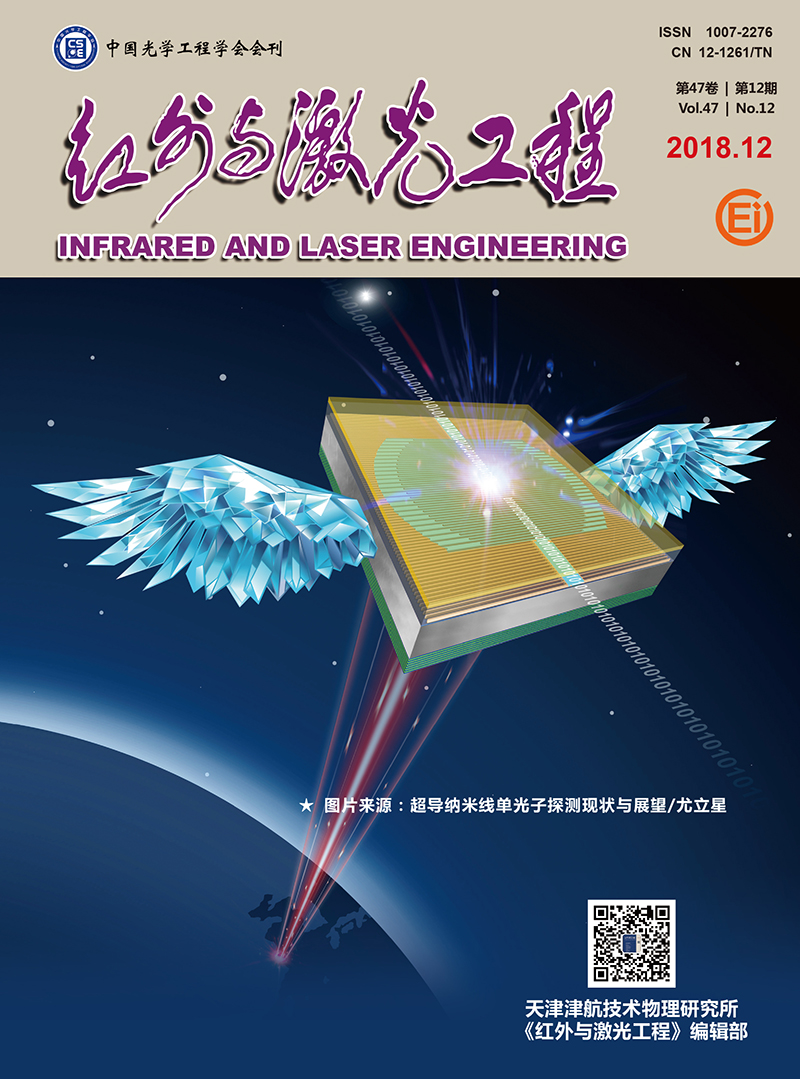|
[1]
|
Lu Xianyang. Retrieval of horizontal distribution of aerosol mass concentration by micro pulse lidar[J]. Optics and Precision Engineering, 2017, 25(7):1697-1704. (in Chinese) |
|
[2]
|
Solomon S, Qin D, Manning M, et al. Climate Change 2007:The Physical Science Basis[M]. New York:Cambridge University Press, 2007. |
|
[3]
|
Kunz A, Mller R, Homonnai V, et al. Extending water vapor trend observations over Boulder into the tropopause region:Trend uncertainties and resulting radiative forcing[J]. J Geophys Res Atmos, 2013, 118:50831. |
|
[4]
|
Wu Decheng, Liu Bo, Qi Fudi, et al. Tropospheric aerosols optical properties measured by a Raman-Mie lidar[J]. Journal of Atmospheric and Environmental Optics, 2011, 6(1):18-26. |
|
[5]
|
Zhao Ming, Xie Chenbo, Zhong Zhiqing, et al. High spectral resolution lidar for measuring atmospheric transmission[J]. Infrared and Laser Engineering, 2016, 45(S):S130002. (in Chinese) |
|
[6]
|
Tao Zongming, Liu Dong, Ma Xiaomin, et al. Development and case study of side-scatter lidar system based on charge-coupled device[J]. Infrared and Laser Engineering, 2014, 43(10):3282-3286. (in Chinese) |
|
[7]
|
Wulfmeyer V, Hardesty R M, Turner D D, et al. A review of the remote sensing of lower tropospheric thermodynamic profiles and itsindispensable role for the understanding and the simulation of water and energy cycles[J]. Rev Geophys, 2015, 53(3):819-895. |
|
[8]
|
Whiteman D N, Venable D D, Landulfo E. Comments on:Accuracy of Raman lidar water vapor calibration and its applicability to long-term measurements[J]. Appl Opt, 2011, 50(15):2170-2176. |
|
[9]
|
Dr Isabelle Redi. Commission for instruments and methods of observation[D]. Geneva:WMO Observing and Information Systems Department, 2013:4-7. |
|
[10]
|
Davide Dionisi, Fernando Congeduti, Gian Luigi Liberti, et al. Calibration of a multichannel water vapor Raman lidar through noncollocated operational soundings:optimization and characterization of accuracy and variability[J]. J Atmos Oceanic Technol, 2009, 27(1):108-121. |
|
[11]
|
Sherlock V, Hauchecorne A, Lenoble J. Methodology for the independent calibration of Raman backscatter water-vapor lidar systems[J]. Appl Opt, 1999, 38(27):5816-5837. |
|
[12]
|
Leblanc T, McDermid I S. Accuracy of Raman lidar water vapor calibration and its applicability to long-term measurements[J]. Appl Opt, 2008, 47(30):5592-5603. |
|
[13]
|
Venable D D, Whiteman D N, Calhoun M N, et al. A lamp mapping technique for independent determination of the water vapor mixing ratio calibration factor for a Raman lidar system[J]. Appl Opt, 2011, 50(23):4622-4632. |
|
[14]
|
Whiteman D N, Venable D D, Landulfo E. Comments on:Accuracy of Raman lidar water vapor calibration and its applicability to long-term measurements[J]. Appl Opt, 2011, 50(15):2170-2176. |
|
[15]
|
Wu D, Wang Z, Liu D, Xie C, et al. Independent calibration of water vapor Raman lidar by using additional elastic measurements at water vapor Raman wavelength[C]//EPJ Web of Conferences EDP Sciences, 2016, 119:25007. |
|
[16]
|
Brasseur G P, Orland J J, Tyndall G S. Atmospheric Chemistry and Global Change[M]. New York:Oxford University Press, 1999:654. |
|
[17]
|
Hu Xuan, Li Daojing, Tian He, et al. Impact and correction of phase error in ladar signal on synthetic aperture imaging[J]. Infrared and Laser Engineering, 2018, 47(3):0306001. (in Chinese) |
|
[18]
|
Liu Dong, Liu Qun, Bai Jian, et al. Data processing algorithms of the space-borne lidar CALIOP:a review[J]. Infrared and Laser Engineering, 2017, 46(12):1202001. (in Chinese) |
|
[19]
|
Avila G, Fernndez J M, Mat B, et al. Ro-vibrational Raman cross sections of water vapor in the OH stretching region[J]. J Mol Spectrosc, 1999, 196:77-92. |









 DownLoad:
DownLoad: